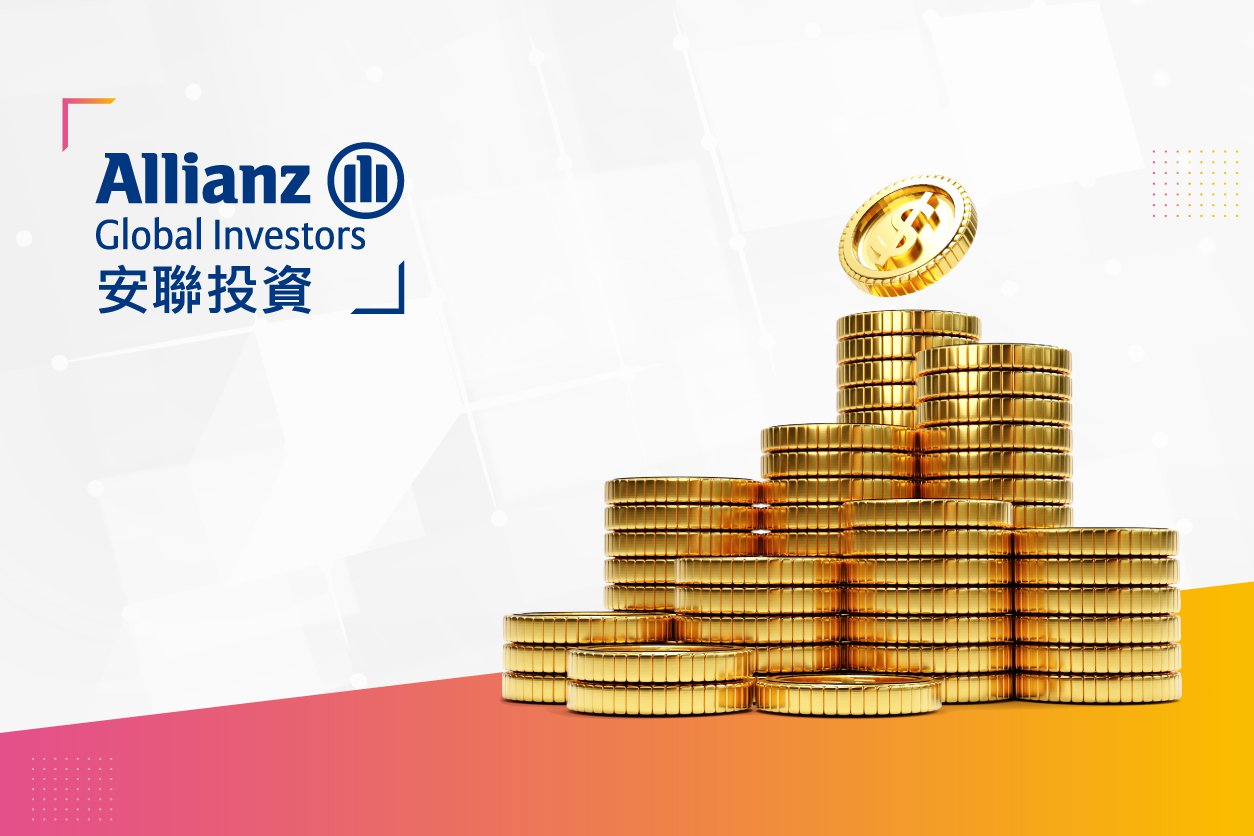A guide on fixed incomeFor investors who would like to earn regular fixed income, apart from bank deposits, they may also consider bonds or bond funds. Buying a bond is like lending money to the bond issuer. As a return, the issuer will pay the bondholder a specific rate of interest, also known as coupon, at periodic intervals throughout the life of the bond, and repay the principal when the bond matures.If an investor purchases a bond at its face value and holds it to maturity, the return is equal to the fixed income received.Let’s take an example of a 3-year bond purchased at US$1,000 face value, with a 4% annual coupon. The interest payment each year for the first two years will be US$40. When the bond matures in the third year, the interest and principal will be US$1,040. Therefore, the annual total return is 4%.However, if the investor does not hold the bond to maturity, the prevailing market interest rate should be factored in when calculating the investment return. Since bond prices are inversely related to interest rate movements, a rise in interest rates could see a fall in bond prices, and vice versa. In the worst case scenario, the loss in value of the bond may be greater than the fixed income received, which means the investor will suffer a loss.Fixed income investment returns For dividend-paying funds, investors should take into account not only the funds' net asset value (also known as NAV) but also the dividends paid. Dividends can be paid annually or monthly. The gain or loss in NAV, together with the dividends paid, should be factored in when calculating the total return.For instance, in the case of bonds, the total return cannot be determined solely based on the change in bond prices. Interest payments should also be taken into account when calculating total return. We must take note that for both bond funds and bonds, a portion of the total return comes from these fixed payments paid. Therefore, we cannot just focus on the change in NAV of the fund or bond prices. This is especially important for bond funds that pay high income distributions.Taking the US High Yield Index as a hypothetical example, if an investor invested USD10,000 at the beginning of 2006, his/her investment would have grown to approximately USD19,000 after 10 years. Out of which, fixed income received contributed about 55% of the investment value1. So don’t just focus on the change in NAV, it is also important to look at the contribution of regular income distributions, or dividends, to the total return.
1 Source: BofA Merrill Lynch, as at 31 December 2015. Monthly data from January 2006 to December 2015
Source: Allianz Global InvestorsImportant NoticeThis document is for general information only. The information or opinion herein is not to be construed as professional investment advice or any offer, solicitation, recommendation, comment or any guarantee to the purchase or sale of any investment products or services. This document is for general evaluation only. It does not take into account the specific investment objectives, financial situation or particular needs of any particular person or class of persons and it has not been prepared for any particular person or class of persons.The information or opinion presented has been developed internally and/or taken from sources (including but not limited to information providers and fund houses) believed to be reliable by WeLab Bank, but WeLab Bank makes no warranties or representation as to the accuracy, correctness, reliabilities or otherwise with respect to such information or opinion, and assume no responsibility for any omissions or errors in the content of this document. WeLab Bank does not take responsibility for nor does WeLab Bank endorse the information or opinion provided by any information provider or fund house.Past performance is not indicative of future results. WeLab Bank makes no representation or warranty regarding future performance. Any forecast contained herein as to likely future movements in interest rates, foreign exchange rates or market prices or likely future events or occurrences constitutes an opinion only and is not indicative of actual future movements in interest rates, foreign exchange rates or market prices or actual future events or occurrences (as the case may be).You should not make any investment decision purely based on this document. Before making any investment decisions, you should consider your own financial situation, investment objectives and experiences, risk acceptance and ability to understand the nature and risks of the relevant product(s). WeLab Bank accepts no liability for any direct, special, indirect, consequential, incidental damages or other loss or damages of any kind arising from any use of or reliance on the information or opinion herein. You should seek advice from independent financial adviser if needed.WeLab Bank is an authorised institution under Part IV of the Banking Ordinance and a registered institution under the Securities and Futures Ordinance (CE Number: BOJ558) to conduct Type 1 (dealing in securities) and Type 4 (advising on securities) regulated activities.Allianz GI is a leading active asset manager. For details, please visit: https://hk.allianzgi.com/ .This document is issued by WeLab Bank. The contents of this document have not been reviewed by the Securities and Futures Commission in Hong Kong.
AllianzGI Academy: Income 101

